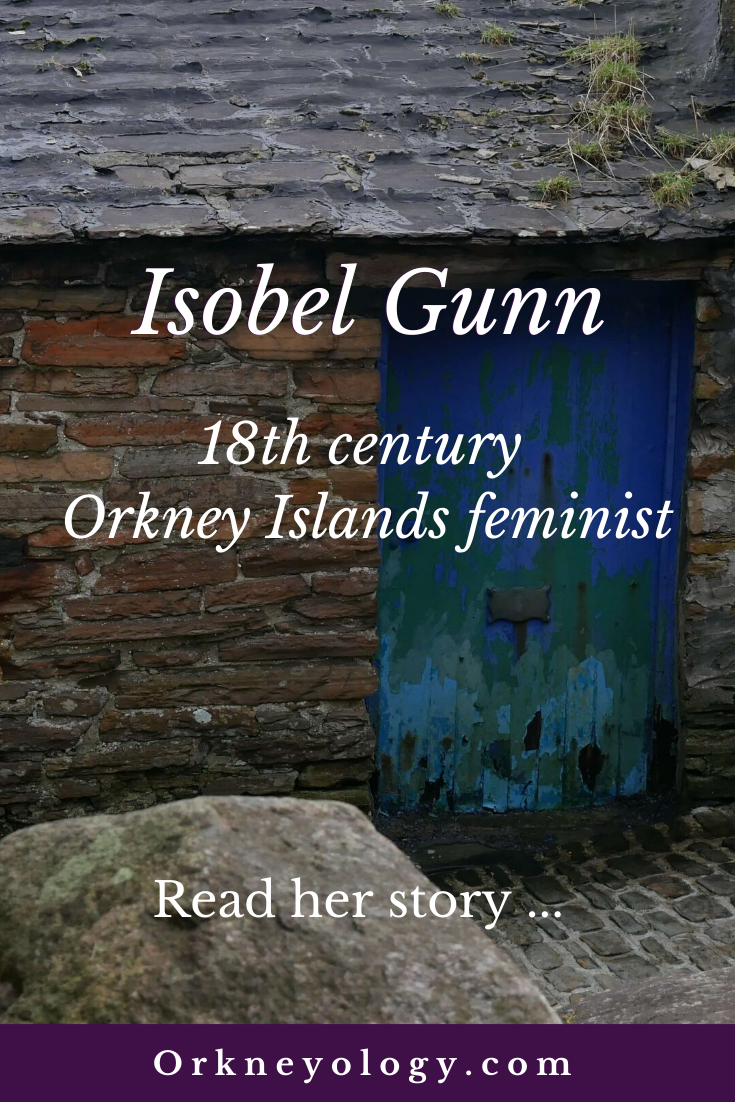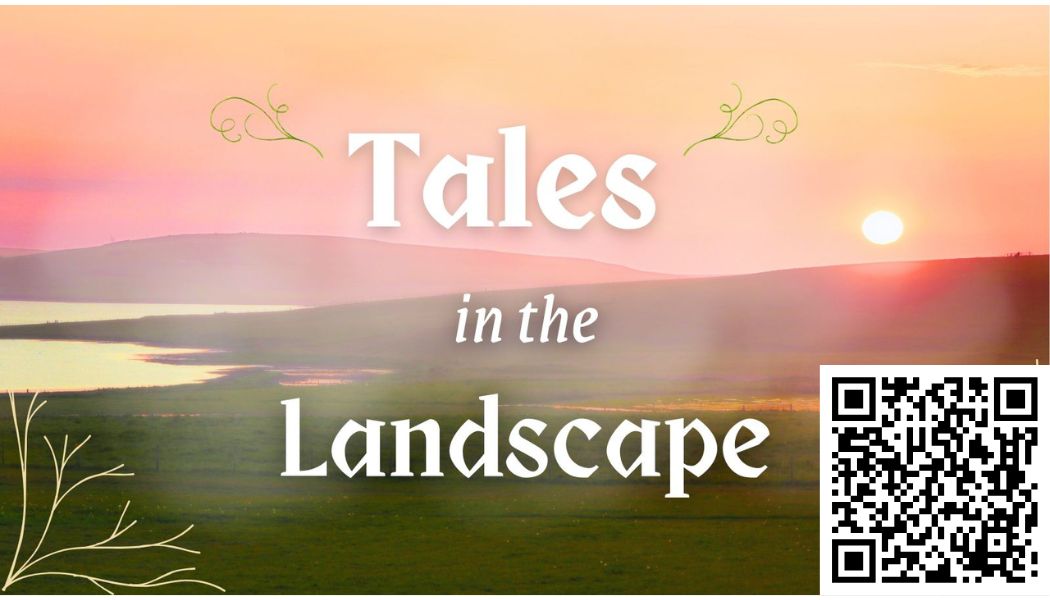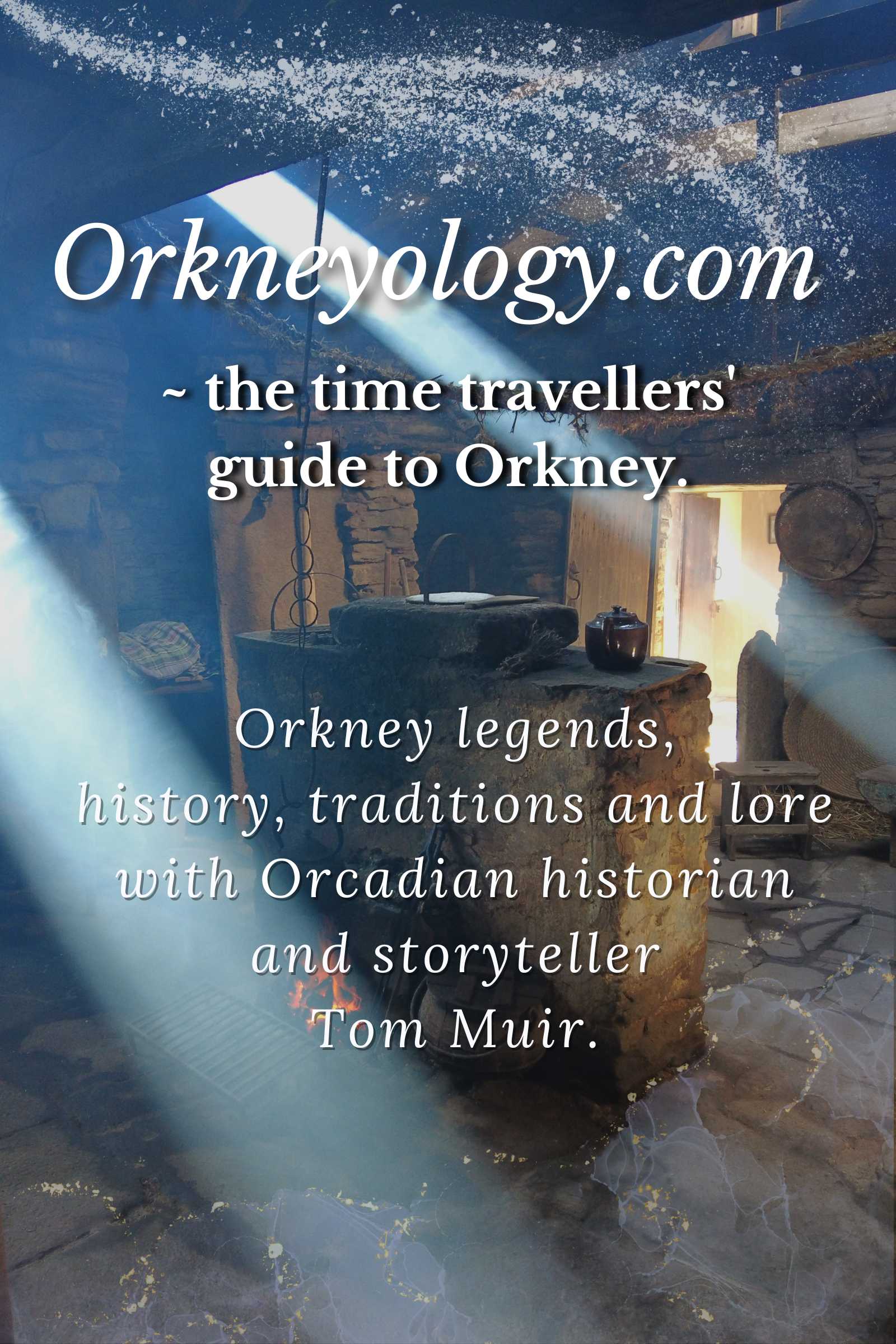Isobel Gunn
~ a courageous woman living in a man's world
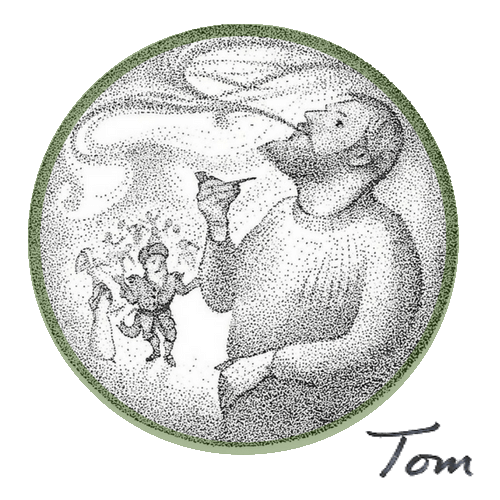
In Orkney we've long told the story of a young woman who dared to break convention, pretending to be a man so she could join the Hudson’s Bay Company and find her missing love.
Isobel Gunn was her name. She has been the subject of books, a documentary, poetry, song and now a play by our friend Áine King.
But what truth lies behind this story?
What's on this page?
Three different takes on Isobel Gunn's story:
Áine King tells about her play, Gunn Woman
Tom Muir gives historical insight
Morag MacInness offers a poetic retelling of Isobel's story
Gunn Woman is a new monologue play by Áine King about Isobel Gunn.
Áine joins us now to tell the story of Orkney's brave Hudson's Bay Company labourer - as far as we know, the only woman in her day to be hired as a Hudson's Bay Company labourer.
Gunn Woman
Isobel Gunn was a young woman from Orkney who, in 1806, disguised herself as a man and signed on to work for the Hudson’s Bay Company.
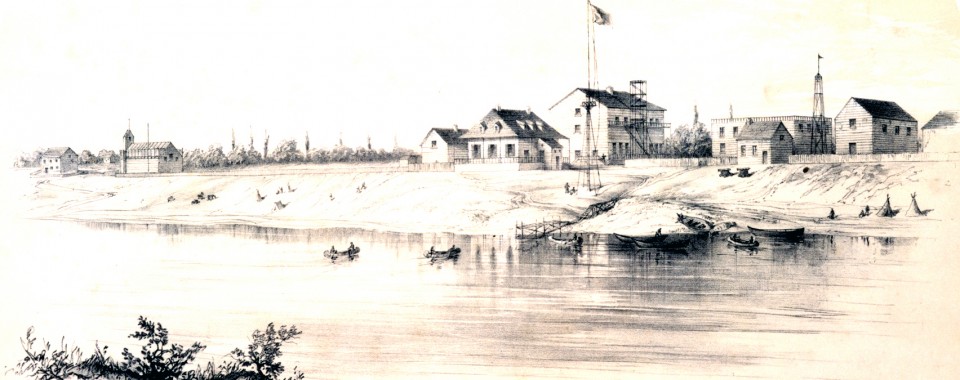
Isobel spent over eighteen months living as ‘John Fubbister’, working with HBC teams hauling furs and provisions to far-flung trading posts across Canada and the Northern Territories.
It was incredibly strenuous work in extreme conditions.
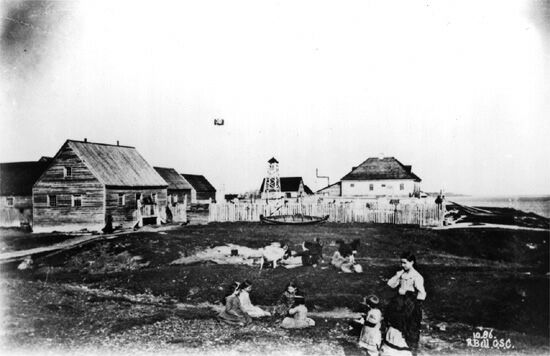
It is astonishing that Isobel kept her gender a secret during the privations of the sea voyage and the tough life of a labourer living cheek by jowl among teams of men.
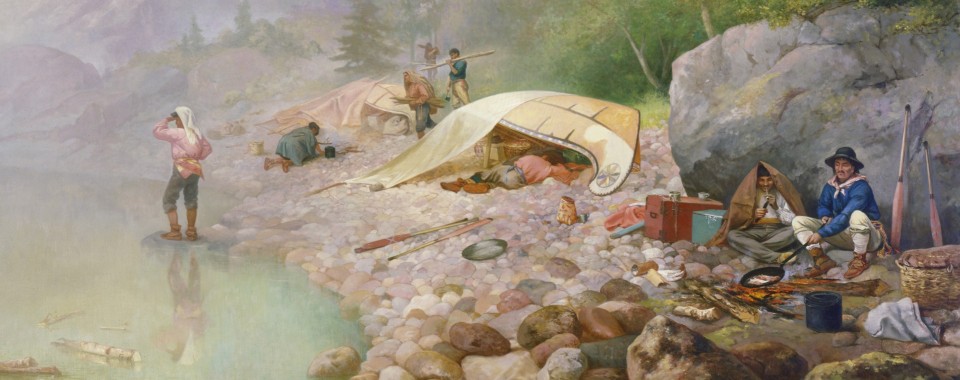
Her true motivation remains uncertain. Some versions of her story say she was helped along by her own brother. Other versions say she was following a man she had fallen in love with.
What is certain is that her HBC pay of £8 a year was a great deal more money than a poor Orkney woman could ever hope to earn at home.
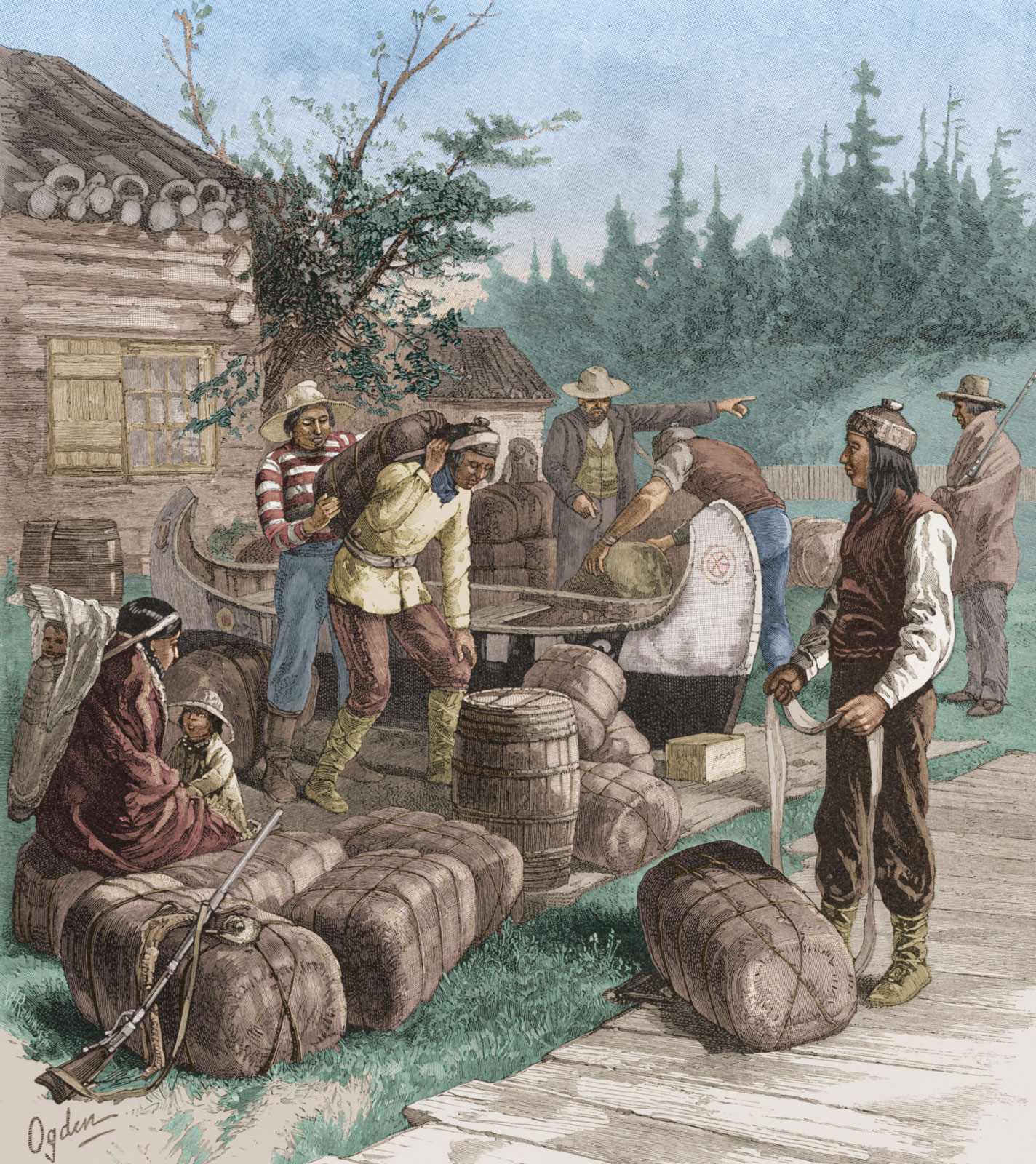
It is also certain that she was eventually discovered, and this is the most dramatic moment of the story.
On 29th December 1807, the Chief of the HBC North West outpost recorded quite vividly in his journal how one of the ‘men’ gave birth in his office.
Letting Isobel Gunn tell her story
Writing a monologue drama is all about imagining a voice for a character and giving them a chance to tell their story.
I chose to set the action of the play in the 20 minutes of Isobel’s life when the baby is born because that’s one of the moments in her life that we know actually did happen.
It’s a dramatic moment; bizarre, almost funny. Her life changes completely in minutes. Her adventure – her freedom – is over.
Alone with her new-born son, Isobel remembers her home in Orkney, and the extraordinary sights she has seen as the first European woman in Canada.
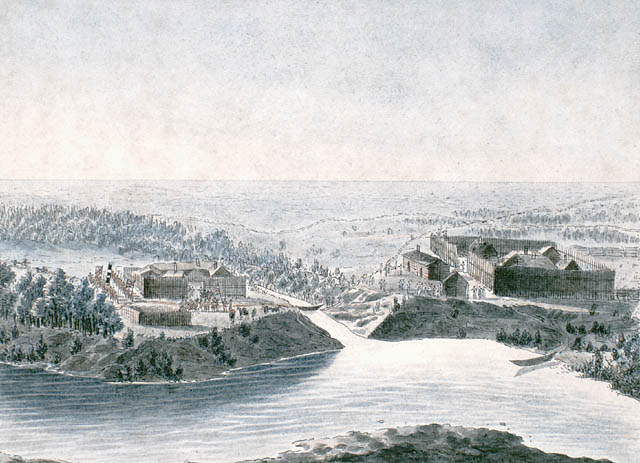
An inspiration
Gunn Woman was written for International Women’s Day 2020.
I was asked to write about an ‘inspirational woman’ and Isobel certainly is that. Her courage, determination and sense of adventure were stronger than the ‘rules’ she was supposed to follow as a woman.
Isobel’s life ended in poverty and disgrace here in Orkney. She is most probably buried in Warbeth kirkyard in an unmarked, pauper’s grave.
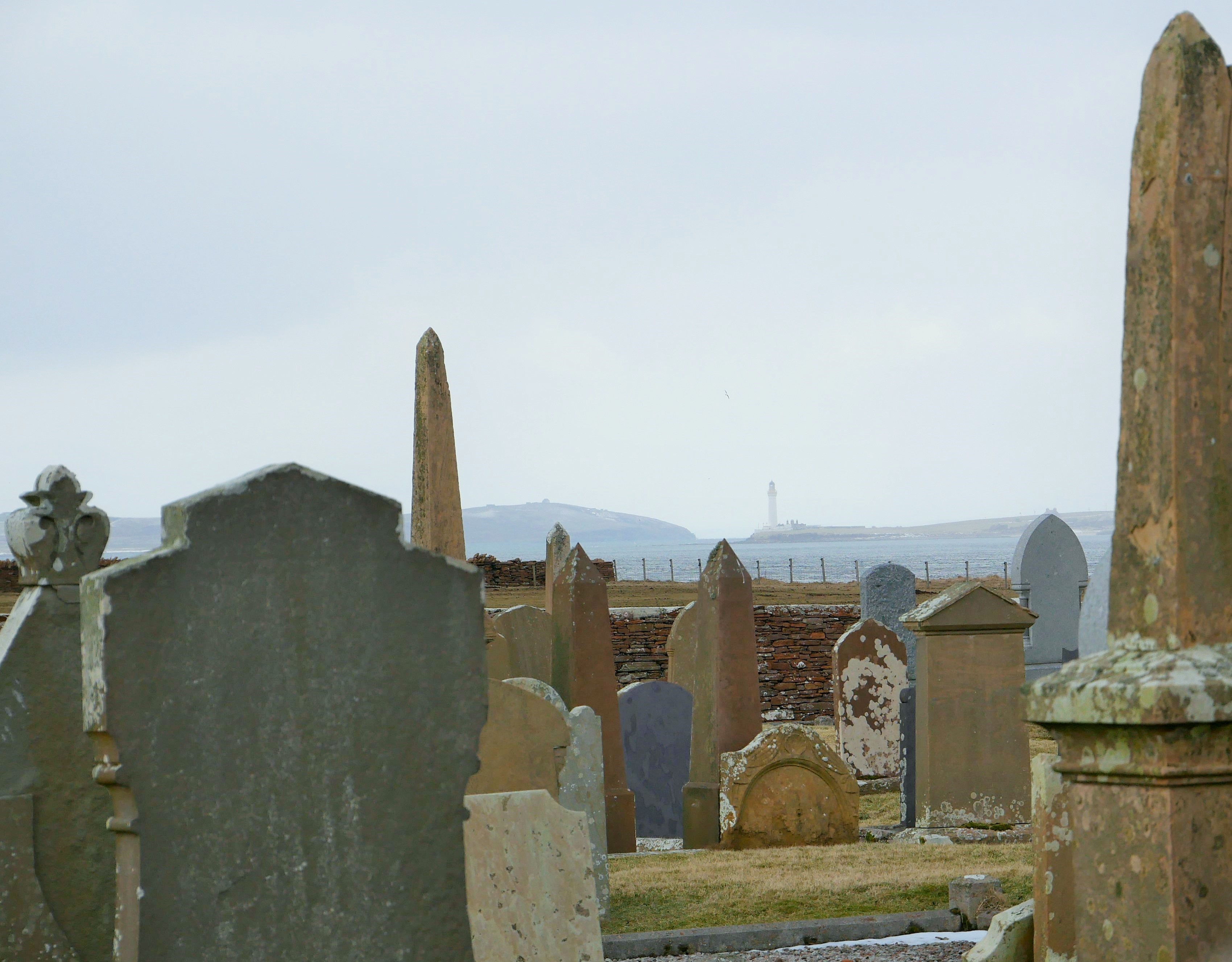
I think of her every time I pass by there. I’d like to think that she kept some of her defiance and adventurous spirit to the end, along with her memories of an incredible adventure.
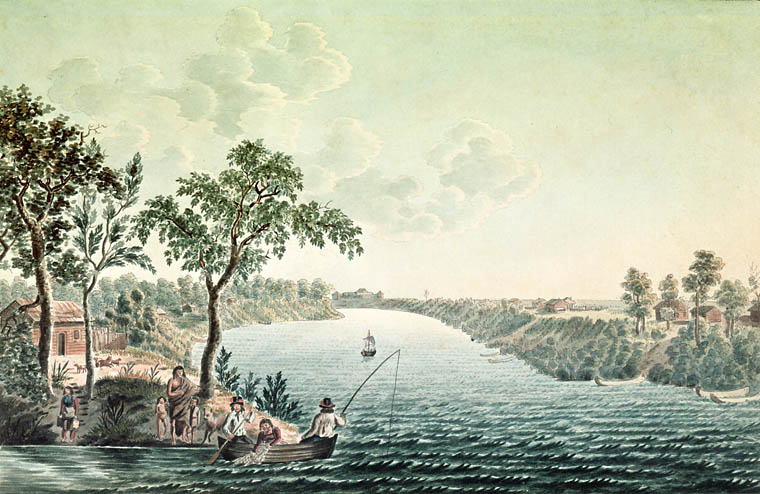

I chopped off me hair
And strapped my chest
And signed my name
John Furbbister
And went aboard ship with the men.
My poor mother
Probably still thinks a boggart or a kelpie took her daughter,
Isobel.
If they send me back
I’ll walk in her door as if I left yesterday
And put you in her arms
And say ‘Here’s a changeling for you, mother’…
(from Gunn Woman)
Gunn Woman by Áine King was staged at The Arcola Theatre, London as part of Women’s Writes for International Women’s Day on March 8th, 2020.
A note from Rhonda:
Like me, Áine is a relatively new Orkney resident. (Read her "Moving to Orkney" story here.) As incomers, we really enjoy the humorous side of life on a Scottish island - a very windy Scottish island.
For your amusement, below is our attempt at filming a short intro to Gunn Woman for Áine's submission. It was an atmospheric day in Warbeth Cemetery ....
The
Unknown Isobel Gunn

We know very little about Isobel Gunn, and what we do know is not necessarily the whole truth.
Her life is clouded with mystery – even her name is not accurate.
Who was Isobel Gunn?
It is thought that Isobel Gunn was actually called Mary Fubbister.
She was born on 1st August 1781 in the East Mainland parish of St Andrews, a medieval church dedication that brings together the parishes of Tankerness and Toab.
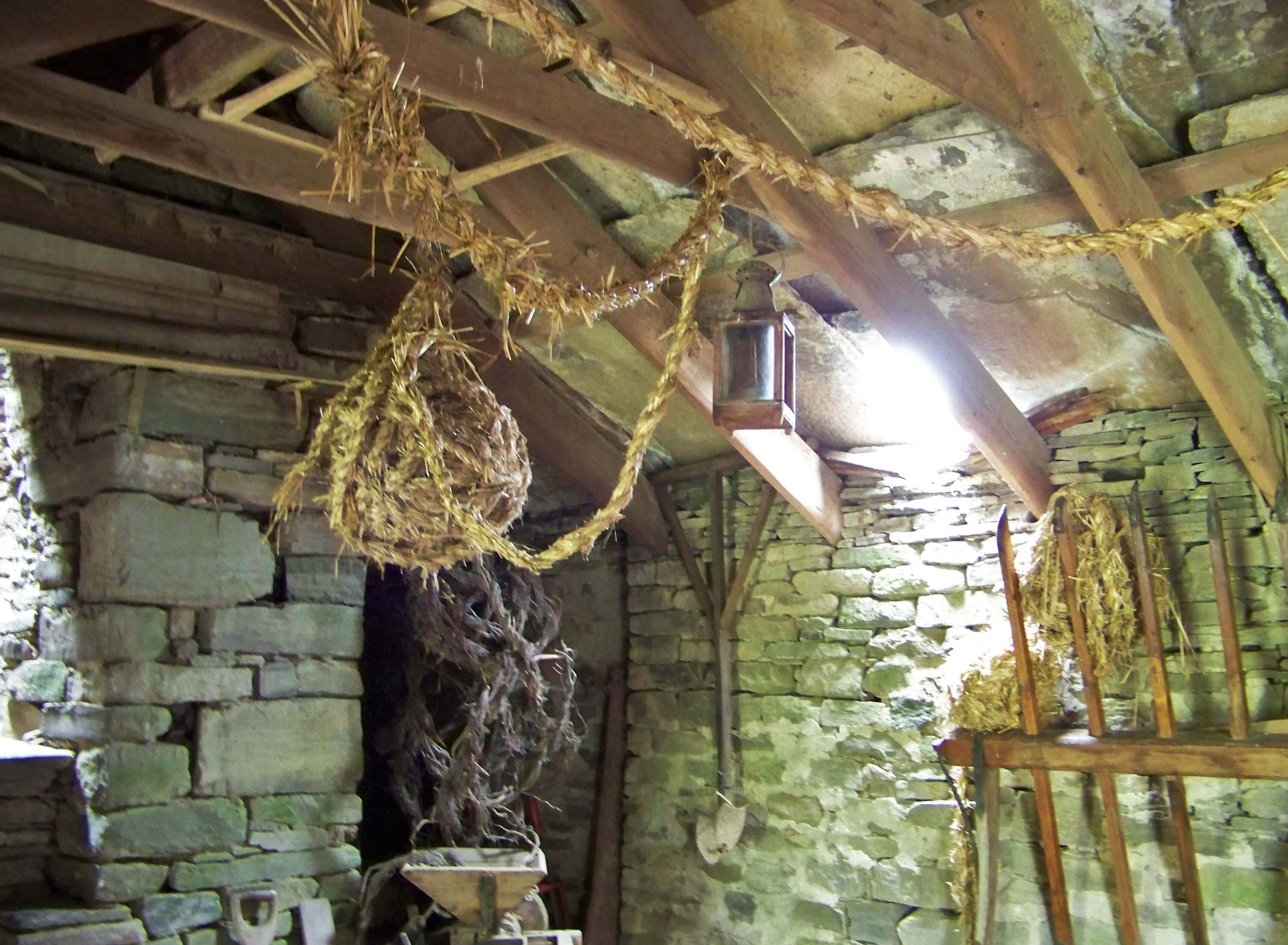
Mary's parents were John Fubbister (now spelled Foubister) and Girzal Allan. Nothing is known about them, but it is quite likely that they held a small croft from the Baikie family.
Life was hard in 18th century Orkney. As a young woman Mary would have been expected to marry and have children. Her only role would then be to run the household – make and mend clothes, cook, tend to the children and look after some of the animals, as well as work on the farm.
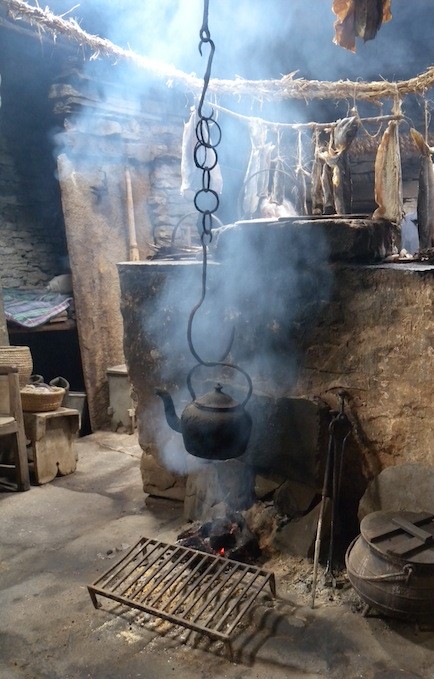
An extraordinary thing
In the summer of 1806, when Mary was 25 years old, she did an extraordinary thing. She bound-up her breasts, dressed herself as a man and headed to Stromness to sign on as a labourer for the Hudson’s Bay Company.
She took a contract for three years with a wage of £8 per annum - a handsome sum in those days.
Mary took her father’s name, John Fubbister, and in the guise of a young man she sailed from Stromness of 29th June on board the HBC ship, Prince of Wales.
This was the same ship that would take Dr John Rae to Canada in 1833.
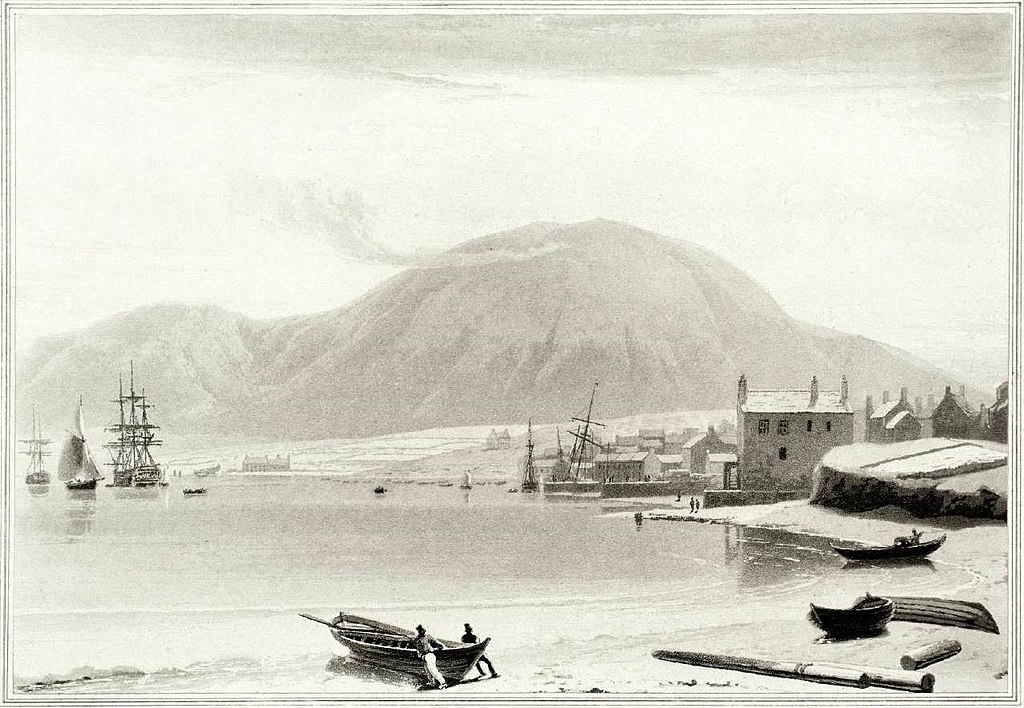
Why did she do it?
The Hudson’s Bay Company traded in furs, employing mostly Orkney men in the 18th and 19th centuries for periods of three to five years.
The wages that they could earn far exceeded what they could expect to make in Orkney.
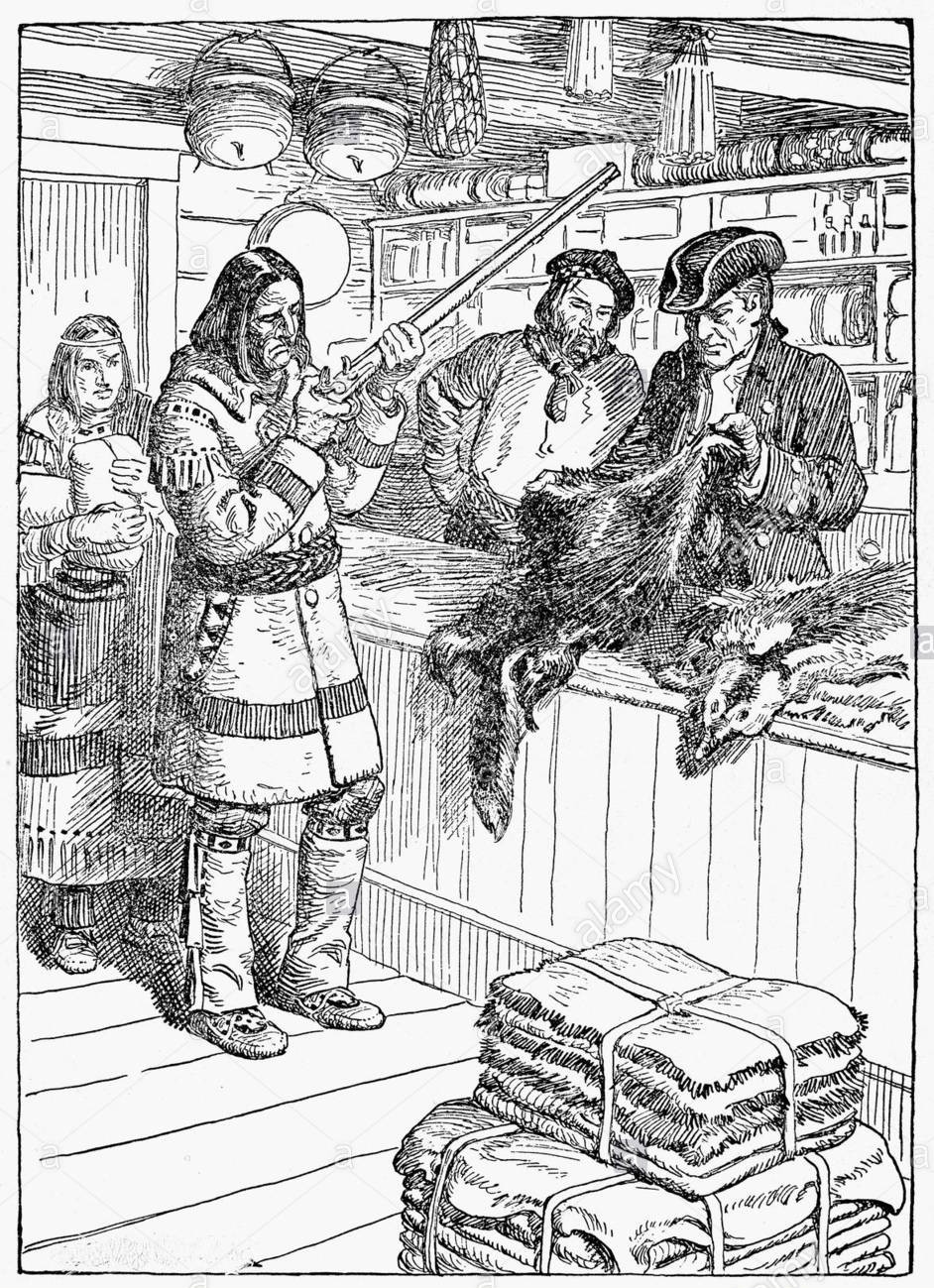
While the stories told about Mary/Isobel Gunn say that she went to Canada in search of her sweetheart, who had signed up for the HBC but had not returned, this could be a later romanticized view of events.
It is just as likely that Mary left because she felt that life in Orkney held no prospects for her.
It is said that she had a brother who had worked for the HBC, and that she was inspired by his tales of life in Canada.
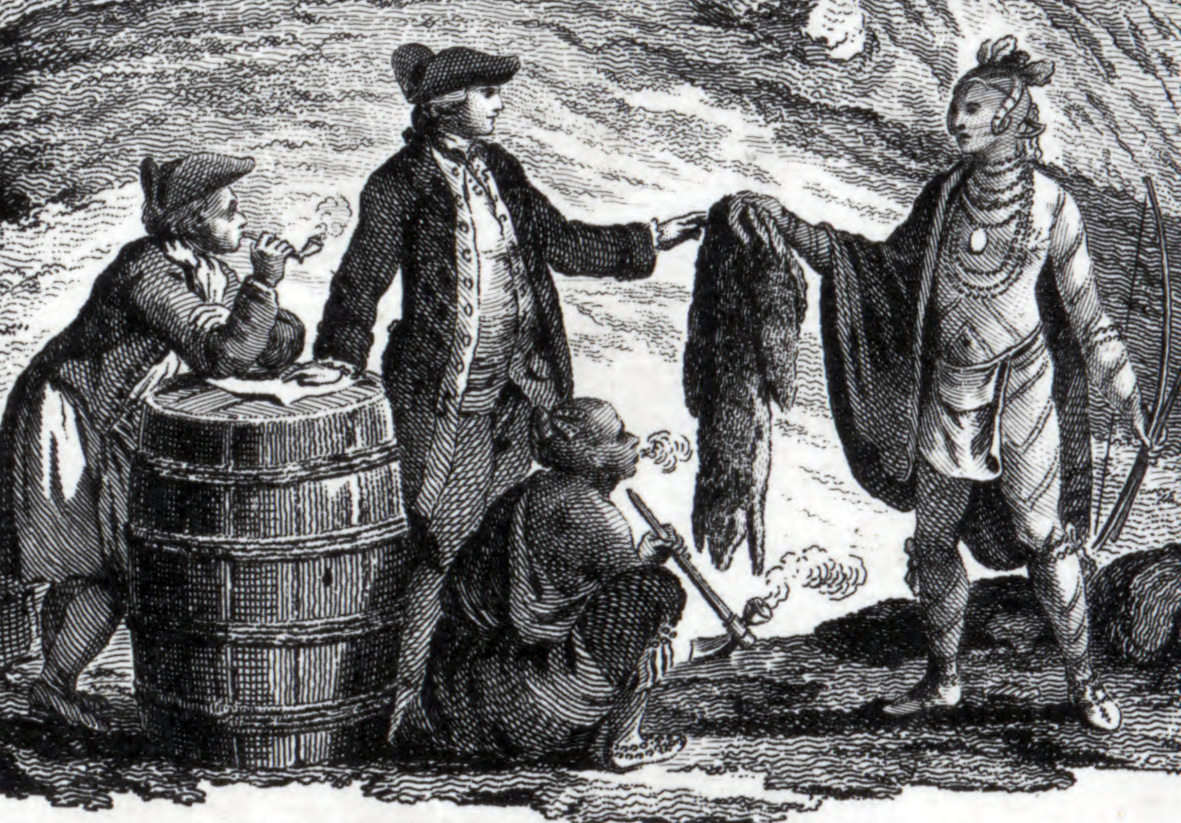
Maybe she did it for the money or maybe she did it for the adventure. To be free to travel to a far-off land and and see a bit of the world was not an option for an Orkney girl in Mary’s time.
We will never know for sure, but I like to imagine that it was the spirit of adventure that prompted her to go.
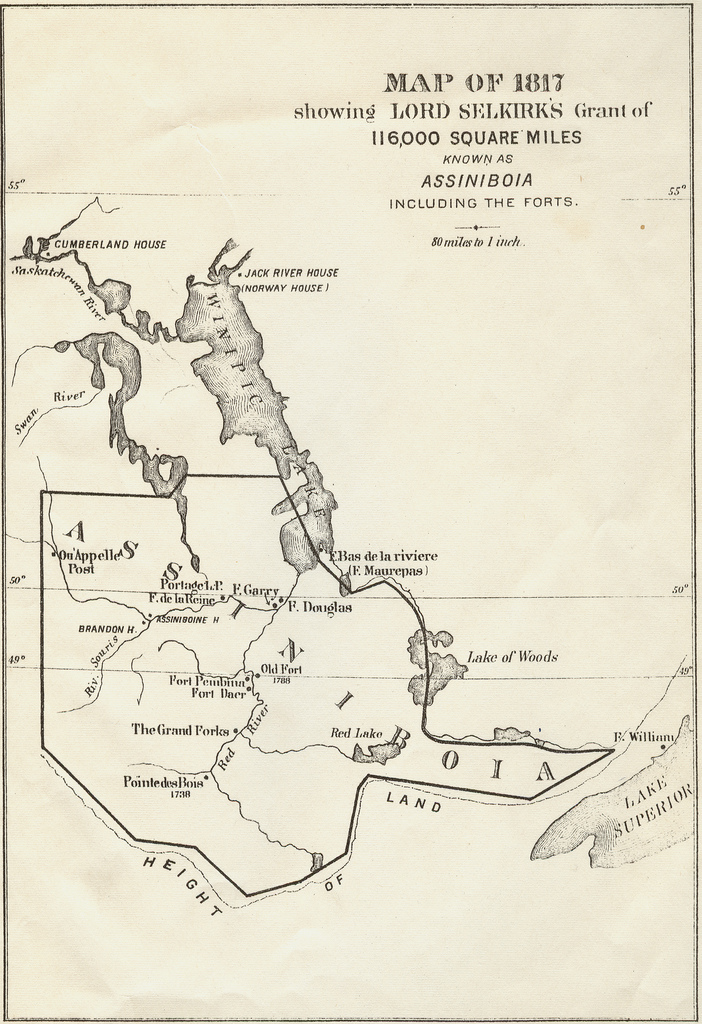
The Prince of Wales arrived at Moose Factory in August 1806. Mary was then transferred by small boat to Fort Albany, some 81 miles to the northwest. In September her group were sent up the Albany River to Henley House with trade goods. They returned with a cargo of wood for boat building.
The next few months saw Mary transporting goods inland and working as a general labourer. It is recorded that ‘John Fubbister’ was a good worker and was popular with the rest of the men.
In May and June 1807 Mary took part in an 1,800 mile journey to Martin Falls, bringing goods and supplies to the HBC posts. From there they went down the Red River to Pembina in what is now North Dakota, USA.
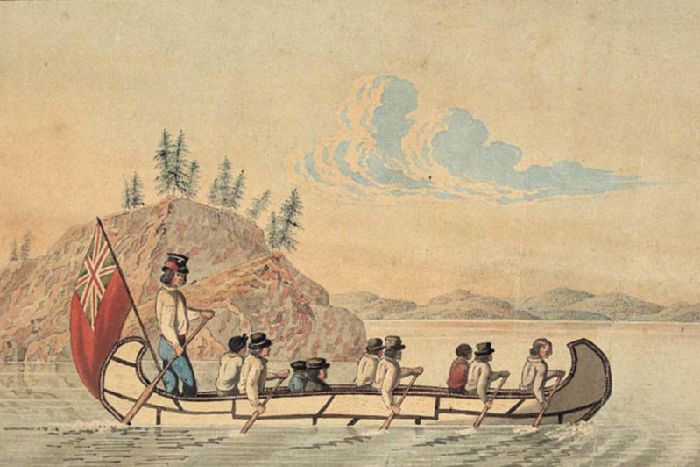
In the winter of 1807 Mary's cover was blown, well and truly, in the house of the fur trader Alexander Henry, who worked for the rival North West Company.
Henry would later recall the incident in his journal.
“An extraordinary affair occurred this morning. One of the Orkney lads, apparently indisposed, had requested me to allow him to remain in my house for a short time.
I was surprised at the fellow’s demand; however, I told him to sit down and warm himself. I returned to my own room where I had not been long before he sent one of my people requesting the favour of speaking with me.
Accordingly, I stepped down to him, and was much surprised to find him extended out upon the hearth, uttering most dreadful lamentations; he stretched out his hand towards me and in a pitiful tone of voice begg'd my assistance, and requested I would take pity upon a poor helpless abandoned wretch, who was not of the sex I had every reason to suppose. But was an unfortunate Orkney girl pregnant and actually in childbirth, in saying this she opened her jacket and display'd to my view a pair of beautiful round white breasts.
In about an hour she was safely delivered of a fine boy and that same day she was conveyed home in my cariole, where she soon recovered.”
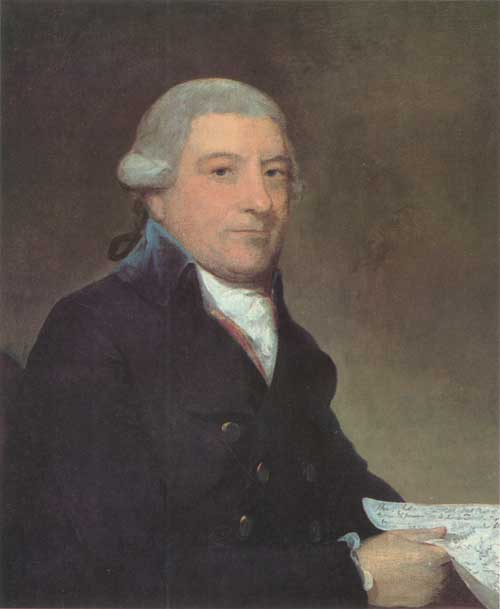
She named the boy James, and registered his father as John Scarth, an Orcadian who had sailed to Canada with her on board the Prince of Wales in 1806.
From what Mary said it seems that her pregnancy was the result of rape.
Donald Murray, a veteran HBC man who had remained in Canada, recorded the story in an article for the Free Press Evening Bulletin of Winnipeg in 1922.
“I remember perfectly the case of the Orkney girl. Of course I was not in this country in 1807 when the affair occurred, but I knew well the man who was connected with it and the story was common talk for many a year.
The girl came from Orkney to James Bay in the service of the Hudson Bay Company and was dressed in man’s clothes. For years, her sex was not discovered by any of the people who associated with her when she was at the company post at James Bay.
She was for two years at the Partridge House with a man named Scarth, who used to find her on his return from hunting, sitting by the fire crying; and she did very little work, appearing to be much troubled in mind.
After that, she and Scarth were sent inland (more than 1,000 miles) to the Brandon House post on the Assiniboine River, where they occupied the same cabin in the fort.
Scarth was the right-hand man of Mr Goodwin, the master at Brandon House for the Hudson Bay Company, and the latter frequently asked Scarth to his house of an evening to take a dram of grog and consult with him.
One night, Scarth had been at the master’s house until late at night, and on his return to the cabin discovered the true sex of his partner. He at once told the frightened woman that he would go to Mr Goodwin with the news but she fell on her knees and begged him not to reveal her identity.
After much persuasion, he consented to keep the secret, and they continued to live together under the same conditions as before, and it was not for a long time afterwards that she lost her honour.”
Recreating herself ... again
Finding that John Fubbister was, in fact, Mary Fubbister came as a shock to her employers. European women were not allowed to travel to the HBC’s posts, and certainly not work for them as a labourer.
She went back to Martin Falls on 28th June 1808, where she was employed as a washerwoman at HBC's Fort Albany. It was a job that she did not relish, nor was she any good at it.
Mary took the name of Isobel Gunn (sometimes Isabella), though where she got the name from is not known. Maybe she wanted to protect her own family from the guilt that existed at that time about having a baby out of wedlock.
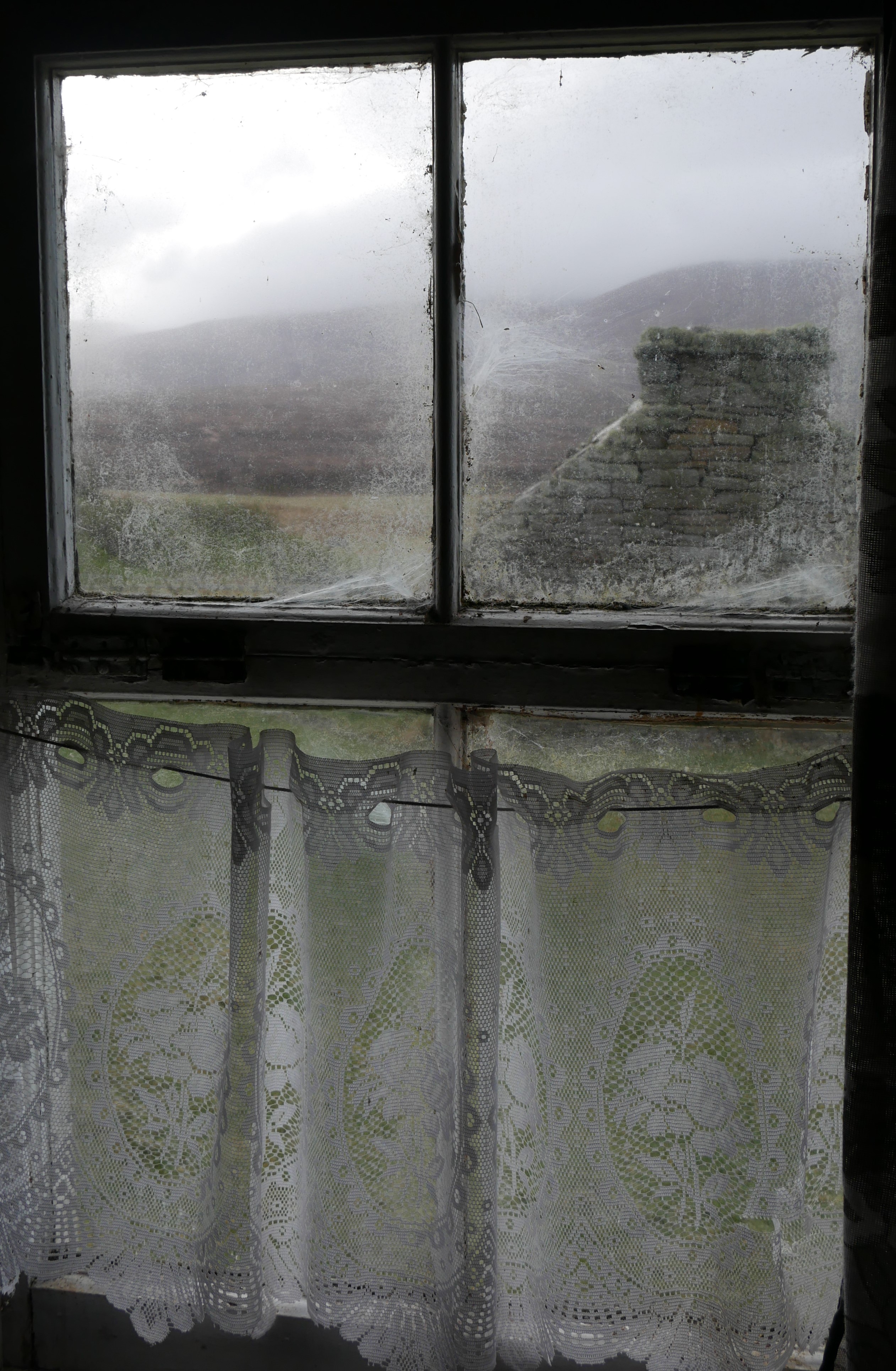
Hard days
Poor ‘Isobel Gunn’ seems to have been kept in the HBC for the duration of her three-year contract, but she boarded a ship back to Orkney on 20th September 1809.
Mary retained the alias of Isobel Gunn for the rest of her days. What happened to her son is not known.
Isobel had it tough living in Stromness. She appears in the census as a “stocking and mitten maker”, which at that time would have meant that she lived in poverty. Single woman were often found in the census as stocking makers, using whatever skills they had to survive.
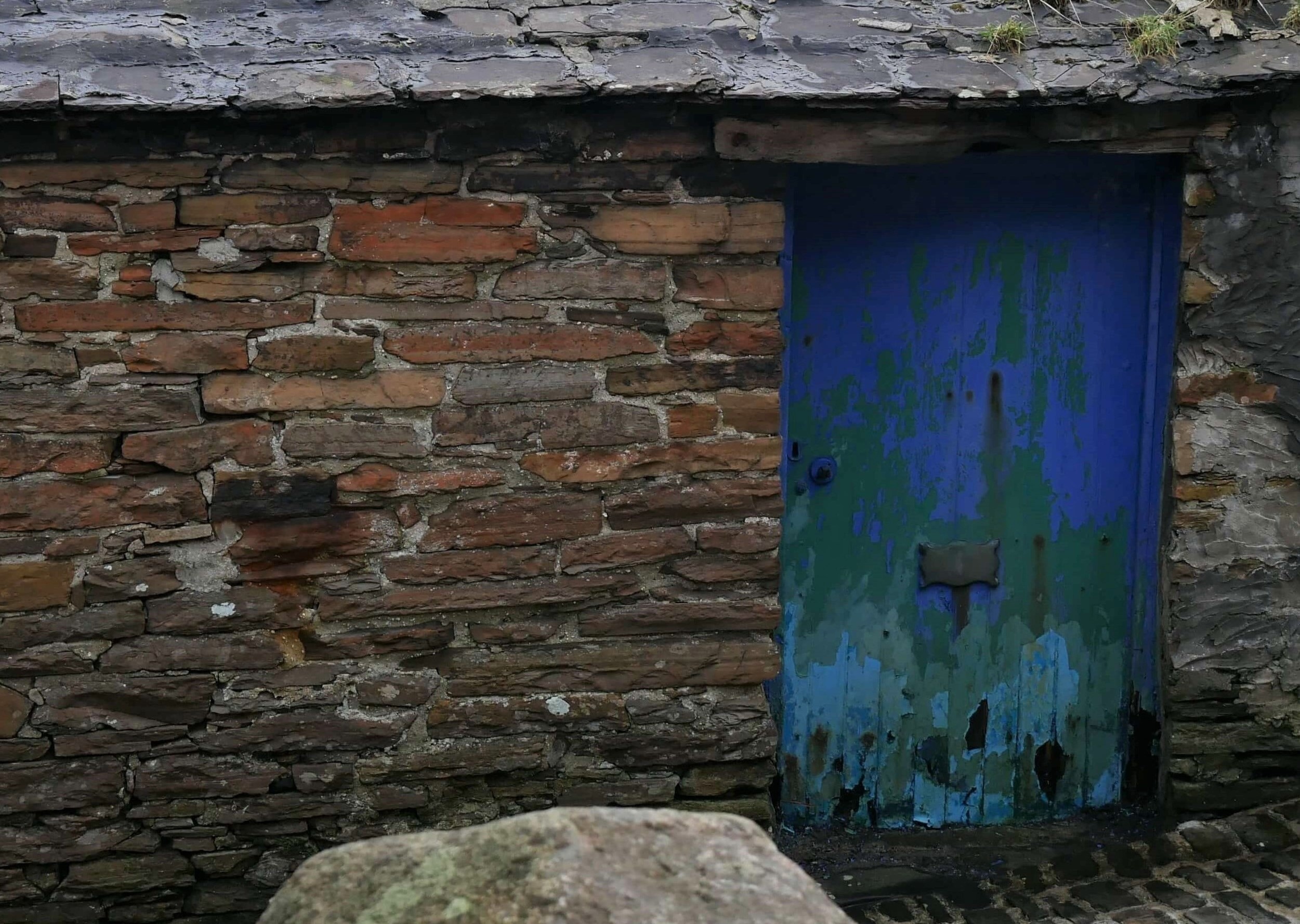
A poignant ending
Isobel Gunn died in Stromness on the 7th November 1861, aged 81. A copy of her death certificate is in the collection of the Stromness Museum.
As a pauper Isobel would have been buried in an unmarked grave in the cemetery at Warbeth, Stromness, but her courage has never been forgotten in Orkney.

Haunted by the little we know about Isobel Gunn, the well-known Orcadian poet Morag MacInness has re-imagined Isobel's story in her own way.
Read on ...
Isobel's Story
I can't remember when I first encountered Isobel's story. I suspect the bare bones of it - for that's all there are - came from Ernest Marwick's Orkney Anthology.
I was in Lincoln teaching WEA classes, and discovered that my students were eager for island history; it was exotic, to them.
So I began a big novel , far too ambition and complex, like first novels often are. There were about ten storylines and it was crammed with evidence of all the research I had been doing, so the story was kind of dragging its skirts - or breeks - in the mud.
Then, when we were home on holiday, we got burgled and I lost my computer - and most of that novel.
Probably a good thing.
Back home and retired, I decided to simplify.
One of the good things about returning was that I could hear Orcadian again, not just imagine it. So I just tried to hear what Isobel would have said about what it was like leaving here, leaving her gender and working on the Bay.
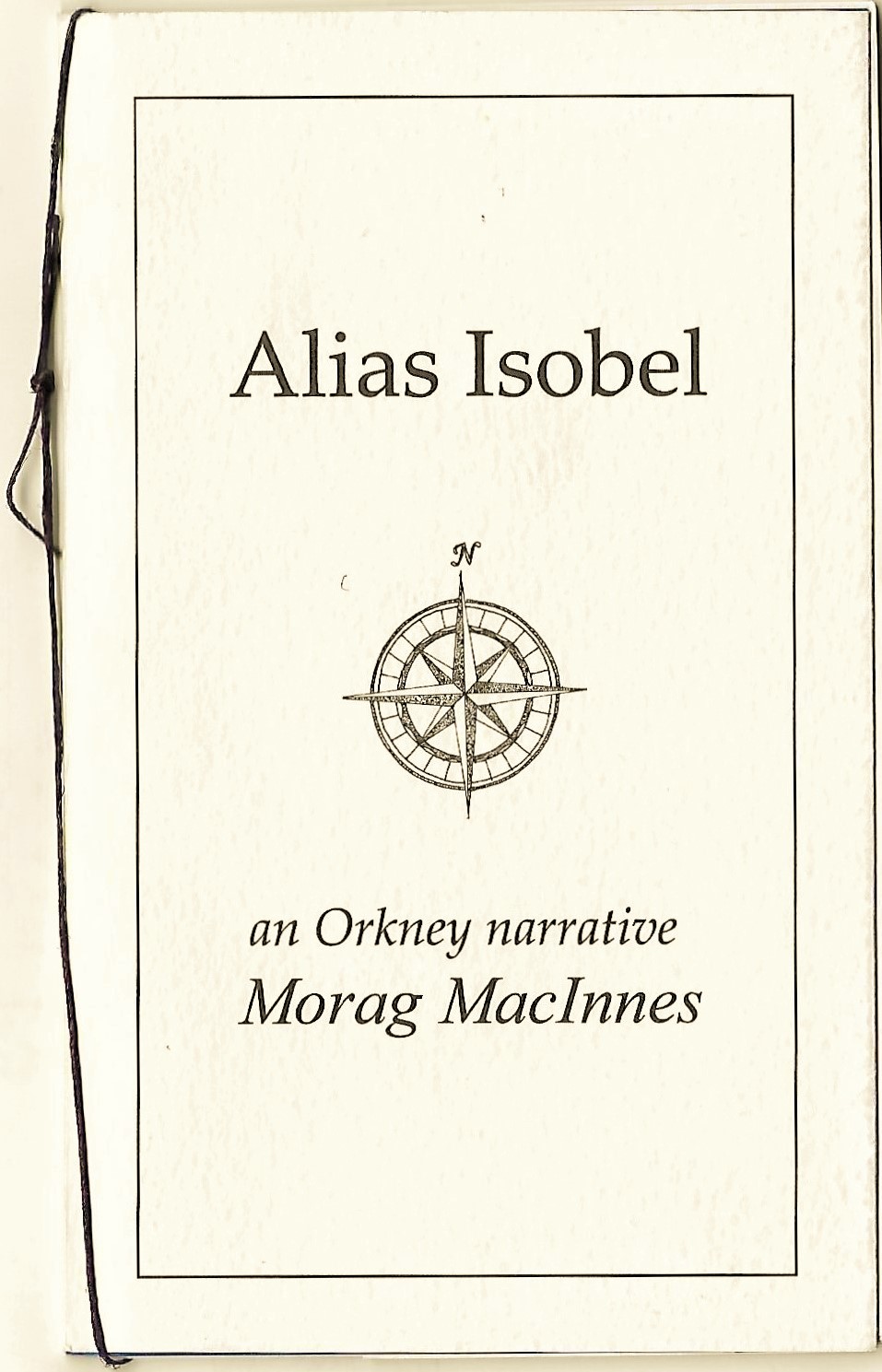
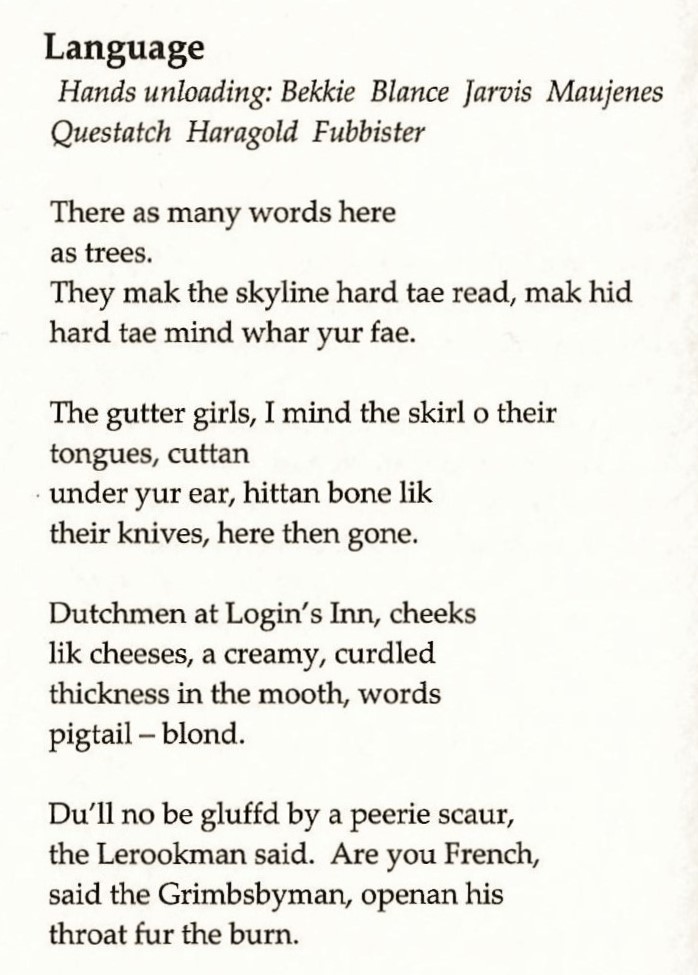
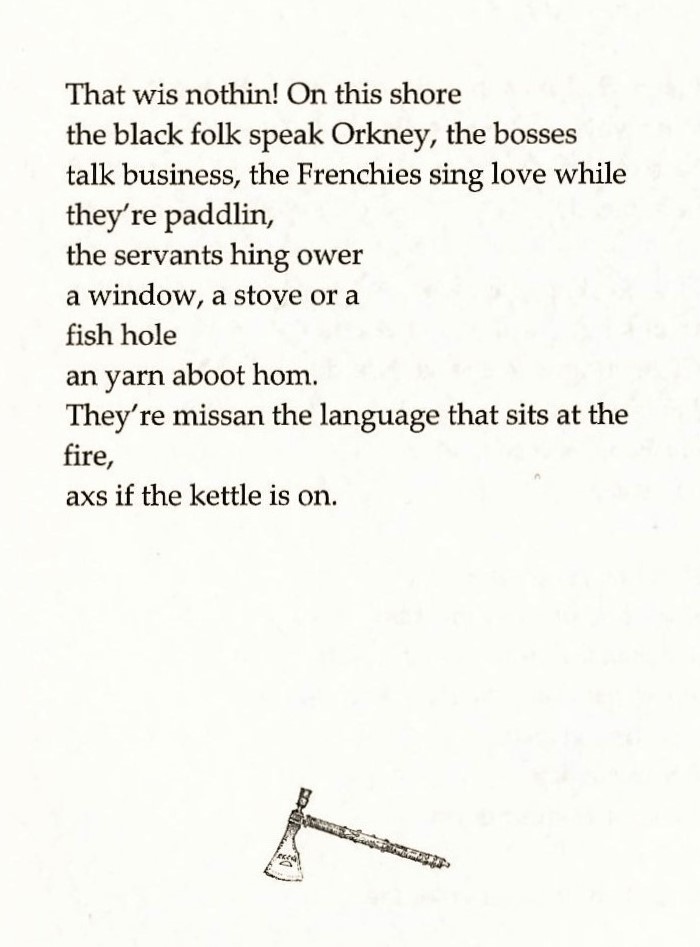
A bonny thing
John and Fiona Cumming from Hansel Press were a great support, and made the wee Narrative a bonny thing.
I'm proud of it; it's sold out now and a curiosity I suspect...but it also helped me pick up the old novel again. I've got that woman in my head now and I can't get rid of her!
Morag MacInness
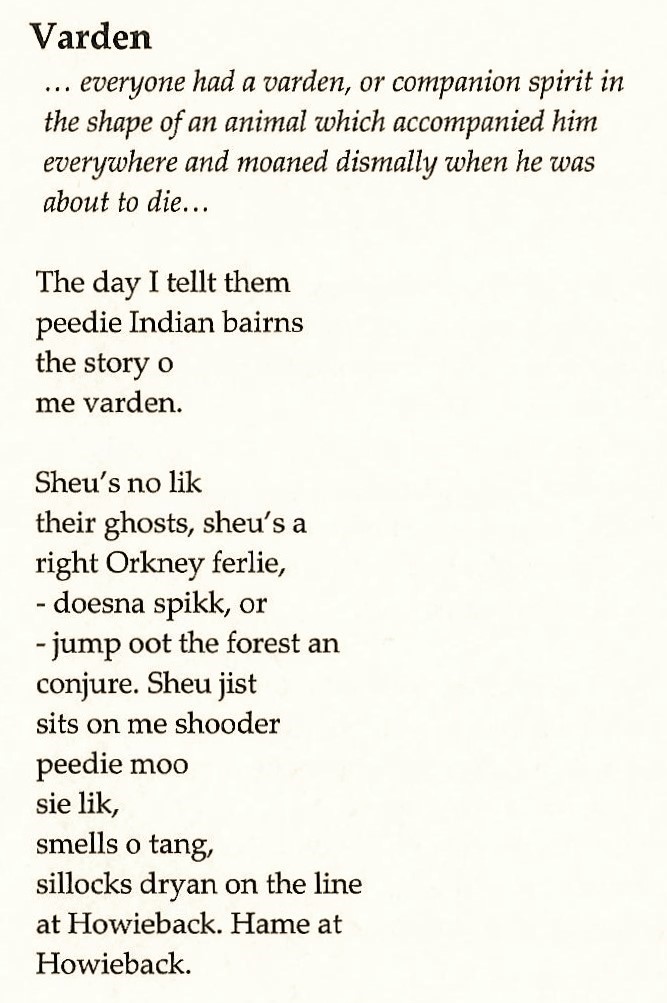
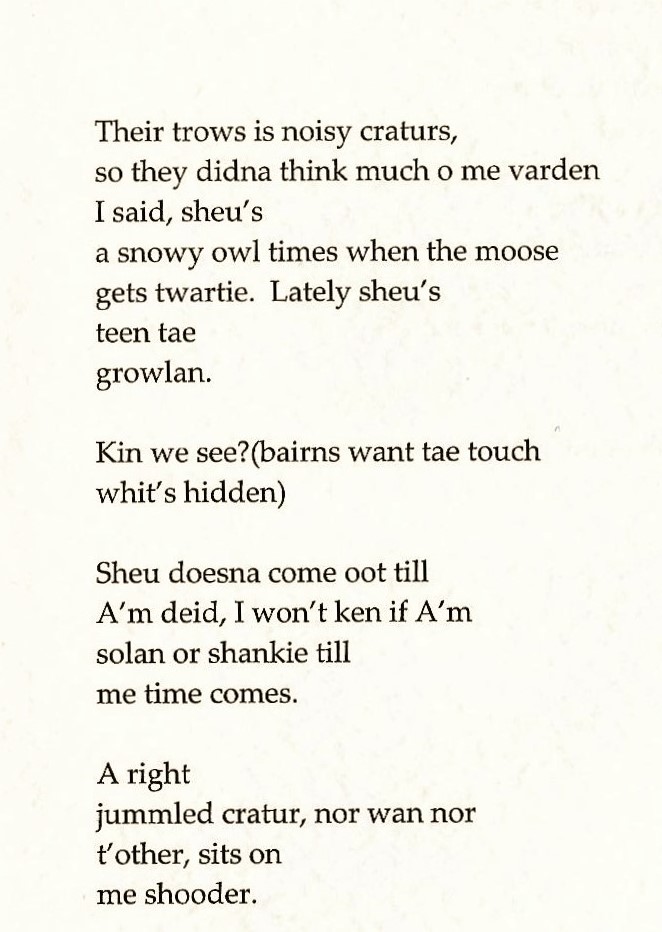

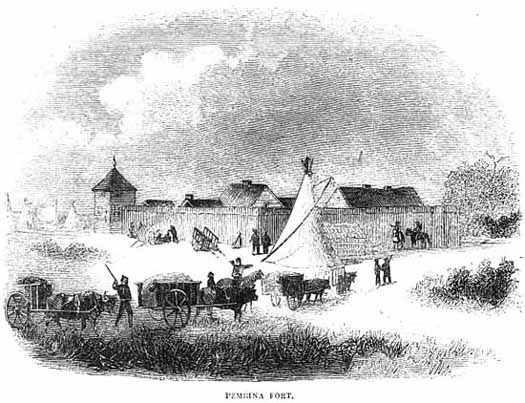


Mermaid image (Rhonda's pages) and storyteller image (Tom's pages), and all other illustrations except where noted are here by the courtesy of our dear friend - Stromness author, artist and historian, Bryce Wilson MBE, who owns all copyrights. Thanks, Bryce!

